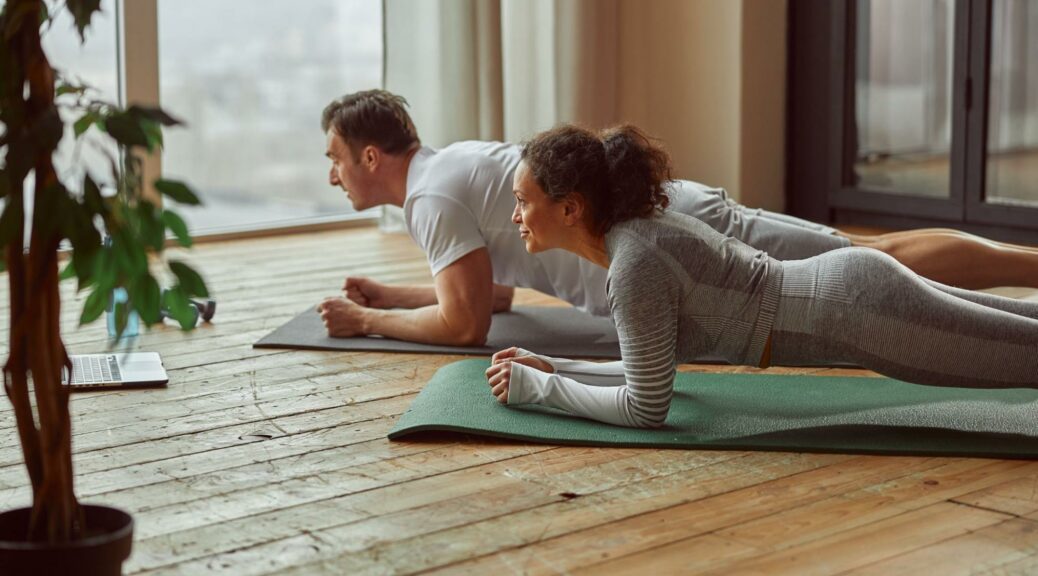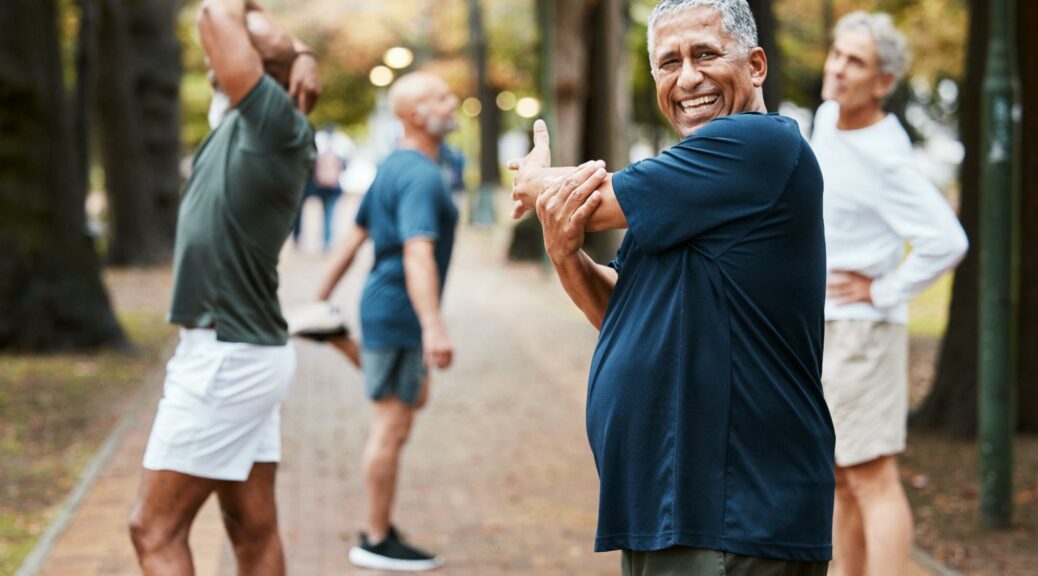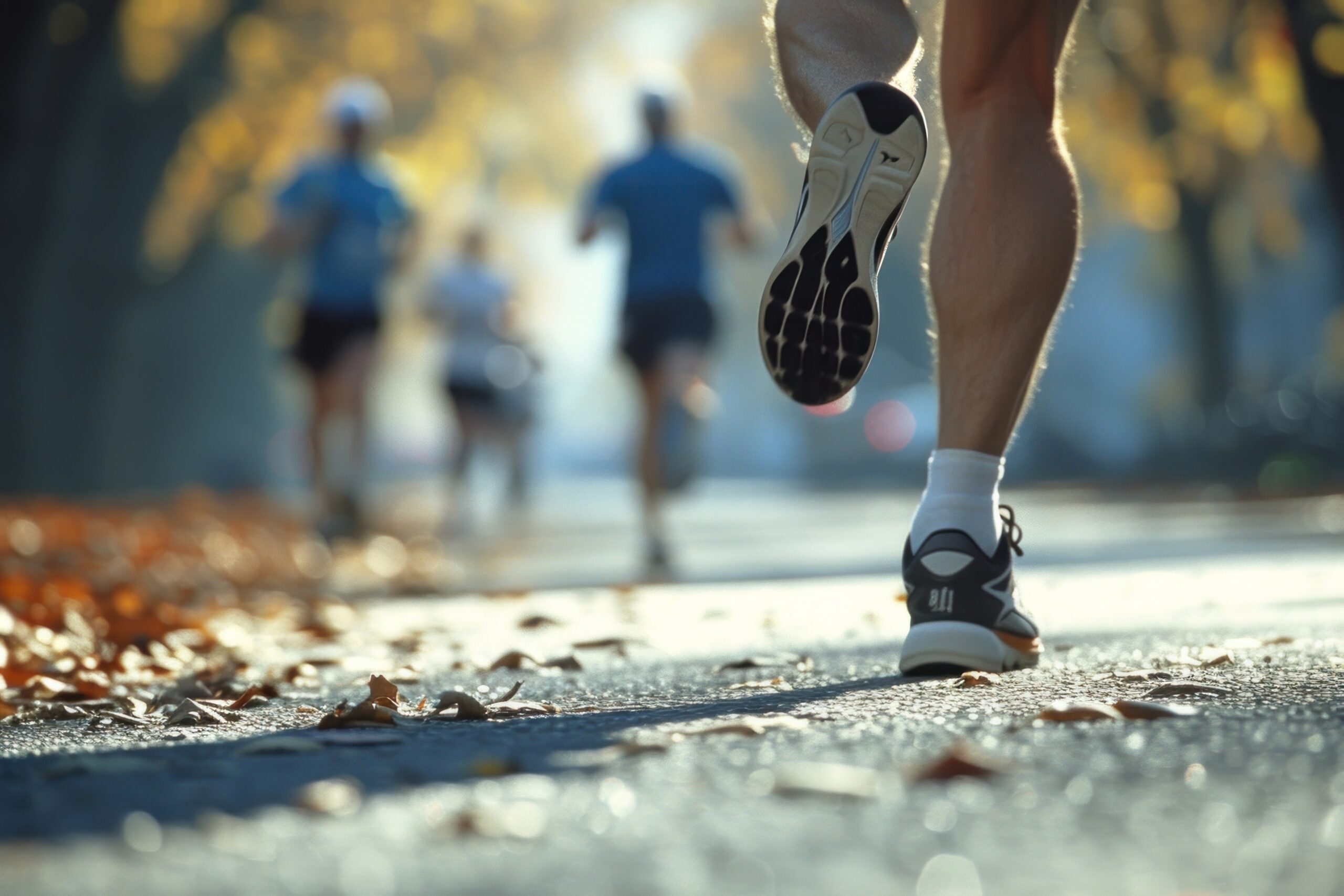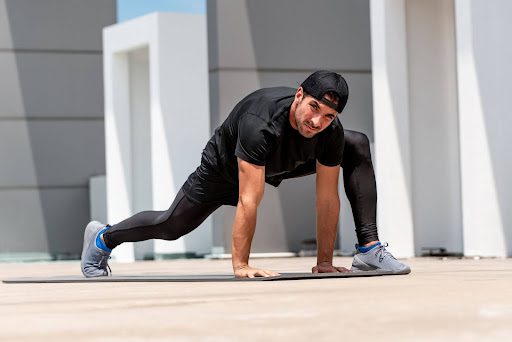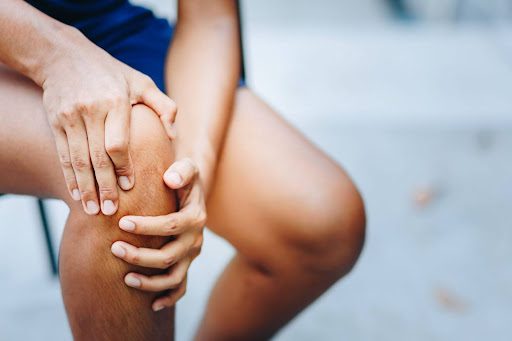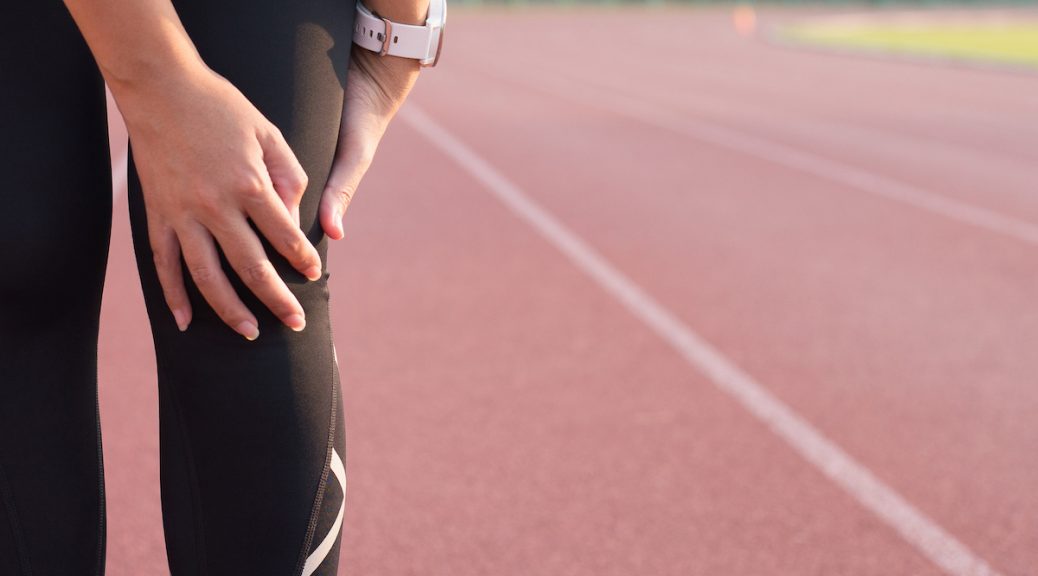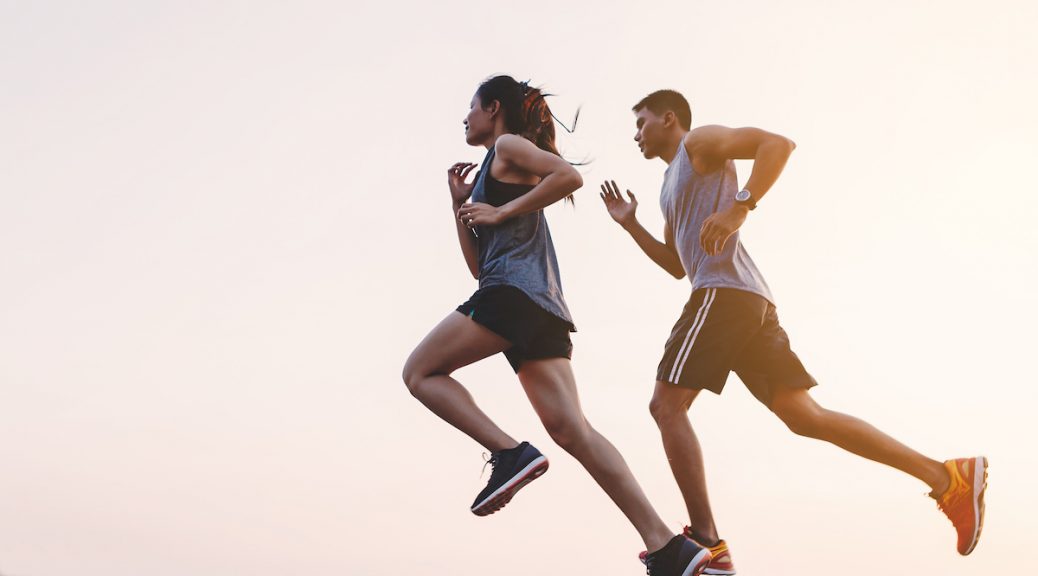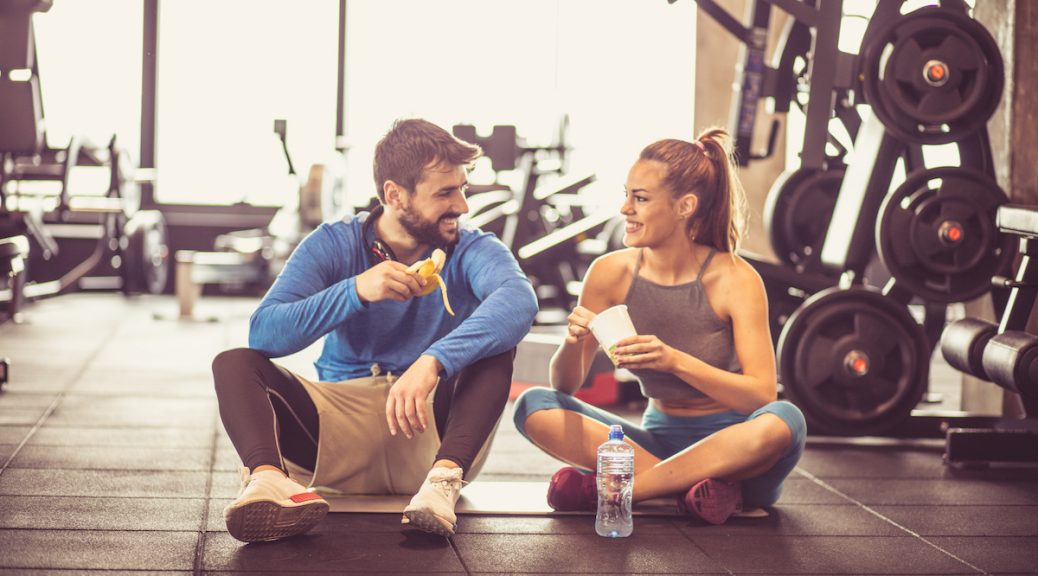As athletes continually strive for peak performance, one aspect of training often stands out as crucial yet sometimes overlooked: core strength and stability. At Paris Orthopedics, we understand that a strong, stable core is not just about sculpting abs – it’s the foundation of athletic excellence. Let’s explore why core strength is so vital for athletes and how it can enhance performance across various sports.
The Core: More Than Just Abs
When we talk about the core, we’re referring to more than just the abdominal muscles. The core includes the entire midsection of the body: the abdominals, obliques, lower back muscles, and even the pelvic floor. This complex group of muscles works together to stabilize the spine, pelvis, and shoulder girdle, forming the body’s powerhouse. A strong core is essential for transferring force between the upper and lower body, maintaining balance, and supporting proper posture.
Improved Balance and Posture
One of the primary benefits of a strong core is improved balance. Whether you’re a gymnast on a beam or a soccer player evading defenders, balance is crucial. Core strength enhances proprioception – your body’s ability to sense its position in space – which directly improves balance.
Good posture, another product of core strength, is vital for athletes. It allows for optimal breathing, reduces unnecessary strain on joints and muscles, and contributes to overall efficiency of movement. In endurance sports like long-distance running or cycling, maintaining good posture throughout the event can significantly impact performance and reduce the risk of fatigue-related injuries.
Enhanced Power Generation
The core acts as a bridge between the upper and lower body, playing a critical role in power generation. In many sports, power originates from the hips and is transferred through the core to the upper body. Think of a baseball pitcher throwing a fastball or a tennis player serving – the power generated by the legs and hips is transferred through a strong, stable core to the arms and ultimately to the ball.
This power transfer is not just for throwing or hitting sports. Swimmers rely on core strength for rotation and maintaining streamlined positions, while sprinters need it for maintaining form and transferring power from their leg drive to upper body movements.
Injury Prevention
A stable core is your body’s natural protective mechanism. It helps maintain proper spinal alignment, reducing the risk of back injuries – a common concern for athletes across all sports. Moreover, a strong core can help prevent other injuries by promoting proper body mechanics and reducing undue stress on joints and ligaments.
For example, in sports involving quick direction changes like basketball or tennis, a strong core helps stabilize the body during sudden movements, reducing the risk of knee or ankle injuries. In contact sports, core strength can help athletes better absorb impacts and maintain stability when hit or tackled.
Better Performance in Sport-Specific Skills
Core strength translates directly to improved performance in many sport-specific skills. Swimmers with strong cores maintain better body position in the water, reducing drag and improving efficiency. Runners with good core strength maintain better form as they fatigue, allowing them to maintain speed over longer distances. Golfers rely on core strength and stability for a consistent, powerful swing and to maintain posture throughout 18 holes.
Even in team sports, core strength plays a crucial role. Football linemen use core strength to hold their ground against opponents, while basketball players need it for rebounding, shooting, and defending.
Core Training Tips
To develop a strong, stable core, focus on exercises that engage multiple muscle groups simultaneously. Planks, Russian twists, and medicine ball rotational throws are excellent examples. Incorporate functional movements that mimic the demands of your sport, rather than relying solely on isolated exercises like crunches.
Remember, consistency is key. Aim to include core work in your training routine at least 2-3 times per week. As you progress, increase the difficulty of the exercises to continue challenging your core muscles.
A strong, stable core is indispensable for athletes aiming to maximize their potential. By focusing on core strength and stability, athletes can improve their overall performance, reduce injury risk, and gain a competitive edge. At Paris Orthopedics, we encourage all athletes to incorporate core training into their routines for optimal results. Whether you’re a weekend warrior or a professional athlete, a strong core can be your secret weapon for athletic success.
Remember, if you’re unsure about how to safely and effectively incorporate core training into your routine, don’t hesitate to consult with our team of sports medicine specialists at Paris Orthopedics. We’re here to help you achieve your athletic goals and perform at your best.

